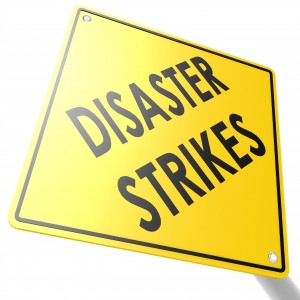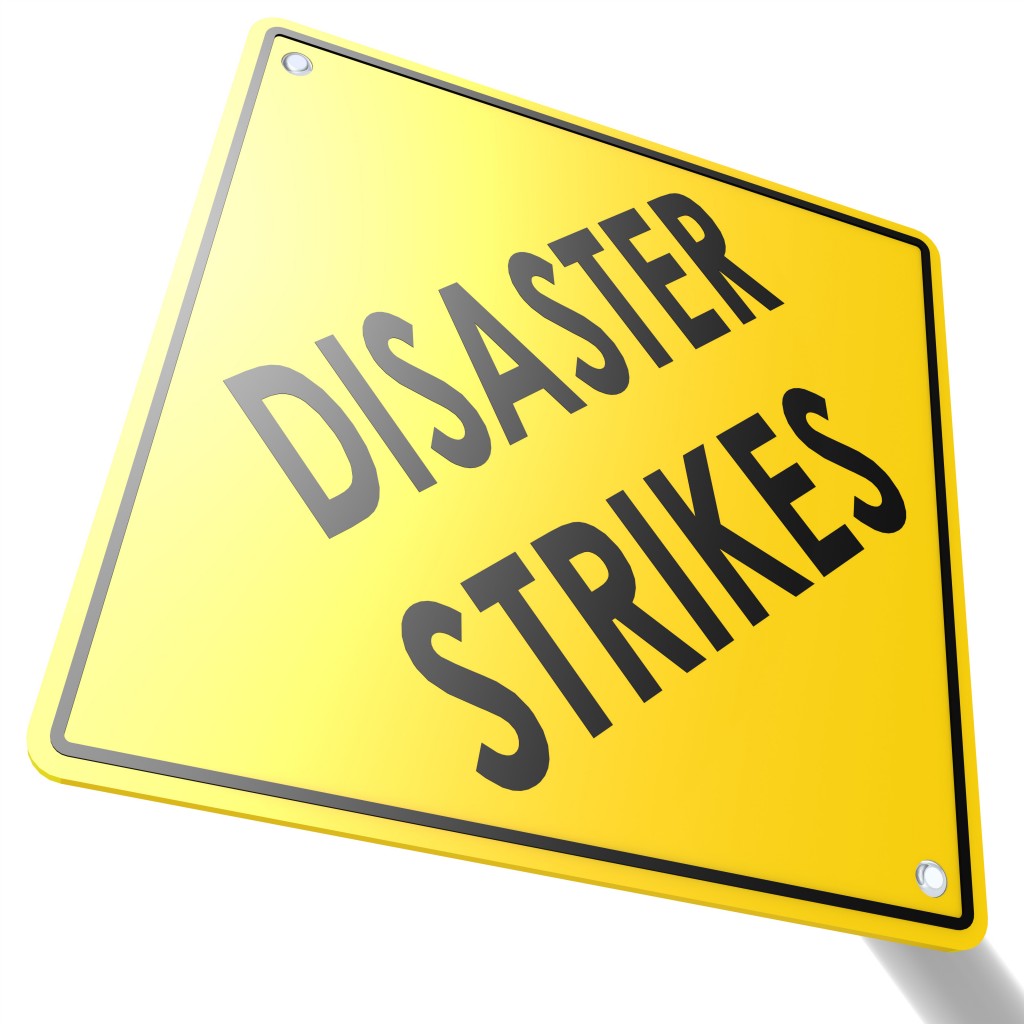The average small business owner usually has a ridiculous amount of worries, big and small, on the mind – meeting customer demands, managing employees and making sure that overhead costs are covered are just a few.
But few entrepreneurs worry about one of the biggest and most serious issues that can threaten a company’s wellbeing and future success.
Unless you’re a general contractor or own some other type of business that’s involved in manual labor, you probably never think about employee safety. It’s not as if working on a computer in your modern office is all that dangerous, right?
While yours might not seem like an obviously risky work environment, the fact is that injuries can and do happen in workplaces of all kinds. And when they do, you could be on the hook to pay a whole lot of money to compensate the employee or visitor whose injury was, in some way, caused by your negligence.
 The good news is that with proper education, training and maintenance, you can easily do your due diligence to keep your workplace as safe as possible for everyone who enters.
The good news is that with proper education, training and maintenance, you can easily do your due diligence to keep your workplace as safe as possible for everyone who enters.
1. Inform & Train
As a responsible business owner, your first duty is to make sure that all of your employees are well informed and trained to handle standard procedures as well as emergencies.
Whether you have a team of 3 or 300, it’s critical that you take the lead in confirming that everyone knows the right way to use even the most basic equipment – while it might seem unnecessary to inform adults that they shouldn’t stand on chairs or attempt to repair an electrical problem on their own, doing so is a critical part of protecting yourself and your company from a lawsuit.
It’s also important to note that this should not merely be a few words in your weekly meeting, but rather a dedicated training session that gets formally documented. Employees need to be taught everything from the safe way to use chairs to what to do in case of a fire.
Furthermore, tests ought to be administered to ensure that everyone has properly learned what’s been taught. All of these measures help cover you in case someone is injured doing something you’ve expressly instructed is unsafe or not allowed.
2. Practice & Perfect
When it comes to teaching people new things, you already probably know that one time is not enough if you really want the new knowledge to sink in. That’s why your company should make safety drills and reviews a priority. Not only does this help establish the fact that you’ve done your due diligence to keep employees safe, but it actually goes a long way in guaranteeing a safe response if and when an emergency does occur.
After all, being able to describe what to do if someone needs CPR is very different from being able to step into action when the alarming situation actually happens.
3. Ergonomics & Environment
Since your employees are probably not walking on high scaffolding or using power tools, you likely won’t be dealing with very serious injuries on a regular basis. But if you don’t have ergonomically-appropriate furniture or a smart office arrangement, you could be contributing to chronic conditions that have long-term impacts on your employees’ health and wellbeing. Here are a few tips to help you create a healthy environment:
- Rethink your floor plan with your team’s comfort and safety in mind – make sure there’s room for moving around, particularly around exits, bathrooms, the kitchen and other areas that get a lot of traffic.
- Place smoke detectors, first aid kits and fire extinguishers in convenient locations and be sure that everyone knows where they are.
- You don’t necessarily have to get the top-of-the-line stuff but you should invest in adjustable, ergonomic furniture so that your valued employees can work comfortably all day long. Sitting at a work station that doesn’t quite fit you is not a problem for a few hours but over months and years, the strain can have serious health consequences.
- Excessive fluorescent lighting is the norm for many offices but it’s not good for our eyes, so think about replacing with full-spectrum bulbs and making adjustments that let in as much natural light as possible. However, don’t forget to consider glare on computer screens for those whose stations may be close to windows.
4. Report & Record
You certainly can’t control everything that goes on in your workplace nor can you reasonably prevent any possible injury from happening. But the good news is that you can take measures to ensure that all incidents are documented and that all employees are proactive in reporting risks. It’s as simple as printing off standard incident reporting and maintenance request forms and keeping them readily available to all members of your team.
5. Monitor & Maintain
At the end of the day, it’s your responsibility to be vigilant about monitoring and maintaining a safe working environment. For a busy small business, something like a broken step may seem like no big deal, but the reality is that this seemingly small issue could turn into a costly lawsuit that cripples your business if someone trips and gets hurt and can show that you knew about the problem but did nothing to fix it.
If these smart practices aren’t already a part of your company’s culture, it’s high time that you start incorporating them. Doing things like training people on how to use a fire extinguisher or an adjustable desk chair might seem like a waste of time in the face of all the other things you have to do, but consider the time an investment in your future success.
About the Author:
 John Zaid is a Houston personal injury attorney and the founder of Zaid Law, a firm that handles cases ranging from auto accidents to business premises liability cases. When he’s not advocating for his clients, John enjoys writing articles that help readers to avoid dangerous legal and safety issues. To learn more, click here.
John Zaid is a Houston personal injury attorney and the founder of Zaid Law, a firm that handles cases ranging from auto accidents to business premises liability cases. When he’s not advocating for his clients, John enjoys writing articles that help readers to avoid dangerous legal and safety issues. To learn more, click here.

